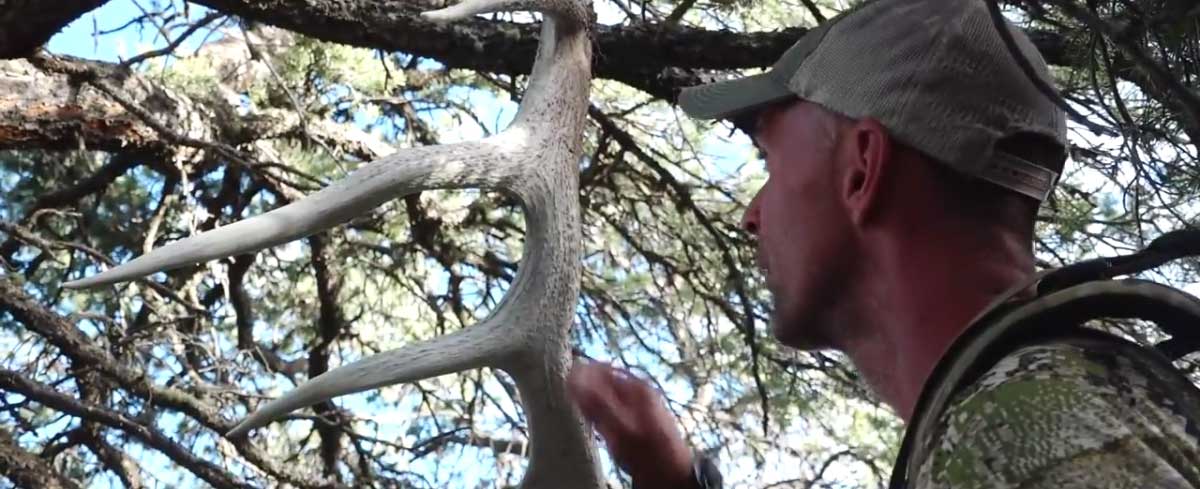If you’re a shed hunter, you must not only outwit your human competition, but your furry counterparts as well. When elk shed their antlers in late winter, forest creatures large and small race to freshly dropped antlers in search of valuable minerals. Rodents like mice, squirrels and porcupines are the most common culprits, but biologists have observed wolves, coyotes and even bears chewing on sheds.
Antlers turn out to be a sort of multivitamin, providing mainly calcium, which accounts for about 20 percent of an antler’s make-up. But a University of Georgia study identified 11 different minerals in antlers, including phosphorous at 10 percent, magnesium at 1 percent and smaller amounts of sodium, potassium, barium, iron, aluminum, zinc, strontium and manganese.
Antlers also provide a moveable feast while still attached. Elk and other deer species sometimes ingest parasites that, after incubating in the intestinal tract, can make their way through the bloodstream to growing antlers still in velvet. Nestled beneath the live tissue, these larvae mature, sometime causing dimples and lumps in the bone surface. They then bore outward and fly off, leaving holes in the hardened antlers.
Elk NetworkWhat eats elk antlers and why?
General | February 19, 2018

Latest Content
Study: One Wolf Can Cause $162,000 in Losses for Cattle Ranchers
Below is a news release from the University of California, Davis. Motion-activated field cameras, GPS collars, wolf scat analysis and cattle tail hair samples are [...]
National Guard Pilots Accused of Using Chopper to Trespass, Steal Elk Antlers
Law enforcement in southern Montana is investigating one of the most bizarre cases of possible trespass and theft. According to the Big Timber Pioneer, Montana [...]
The Bridger Tent by Montana Canvas
The new Bridger Tent is a 14′ x 14′ with 5′ walls and a 10′ peak. It comes equipped with a sewn in floor and [...]